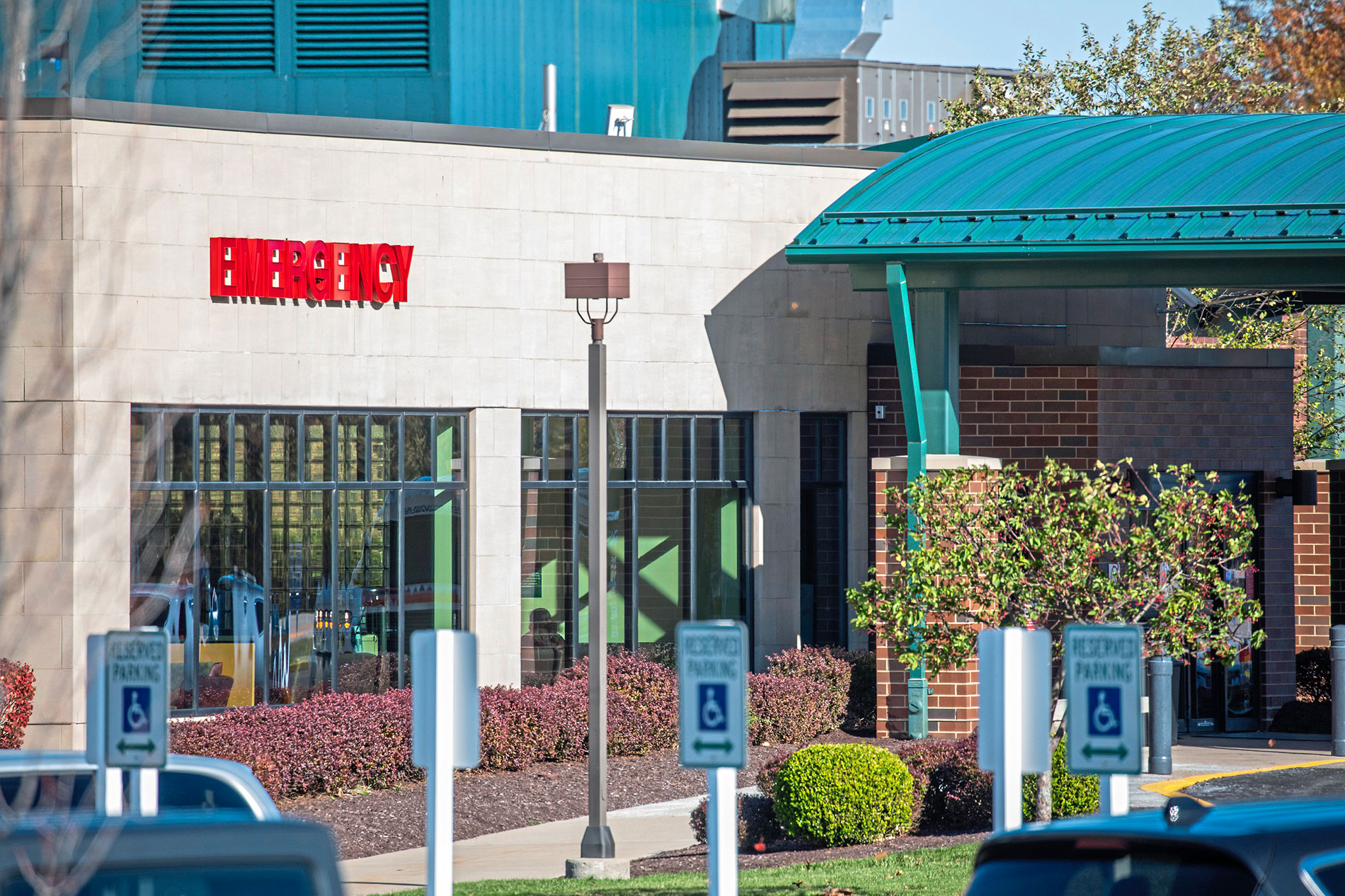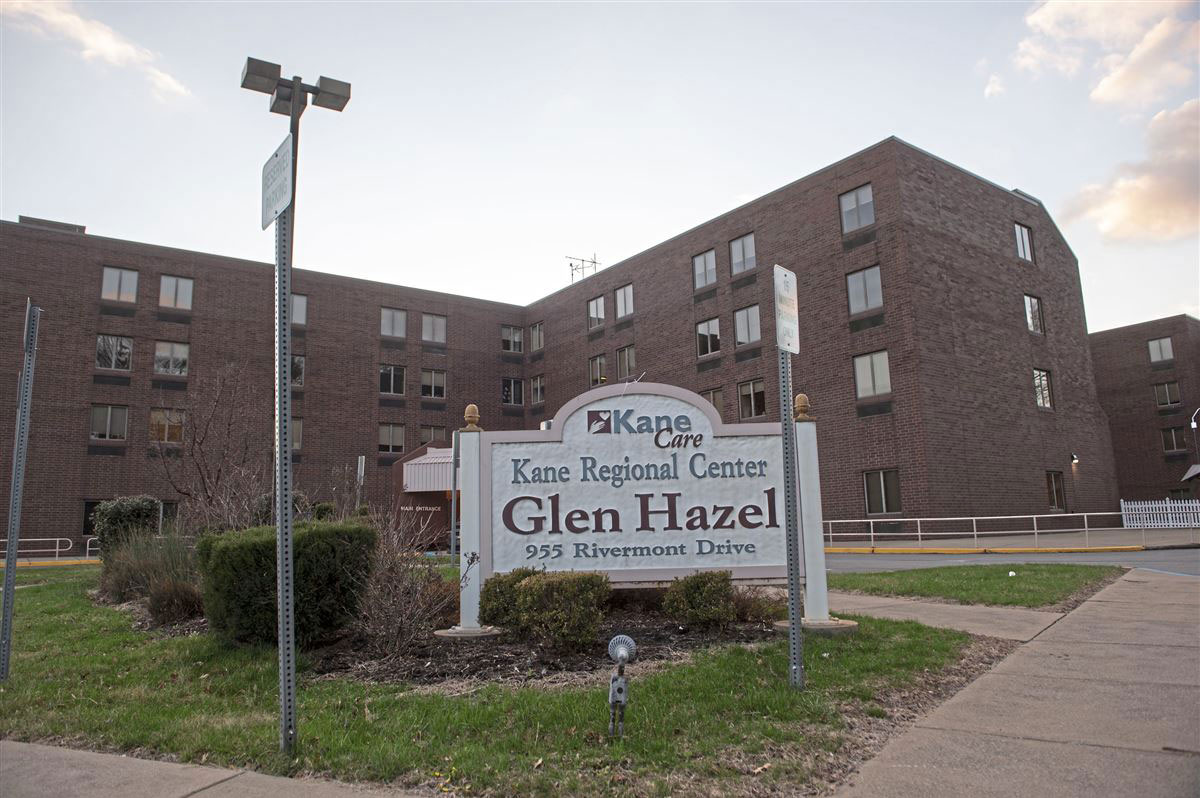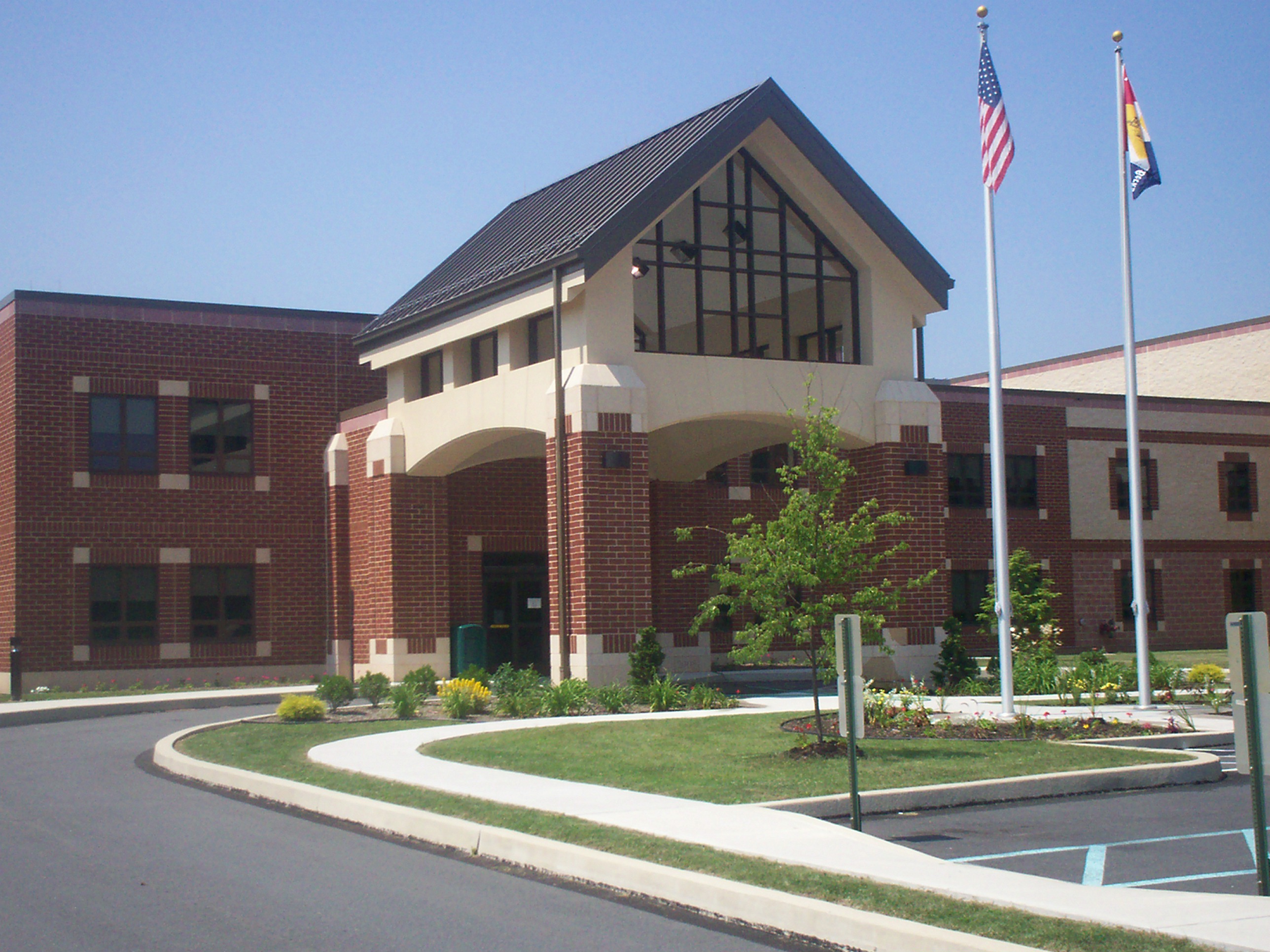“No one is telling them anything”
“Our officers were reporting that multiple ambulances had been showing up all week and taking patients out to the hospital,” said Keith Pudlowski, vice president of St. Moritz Security Services, which had a contract at the time to provide security at Brighton.
“They’re standing there with no protective equipment, holding the door for them, and no one is telling them anything about what’s going on,” he said.
Mr. Pudlowski said the company’s eight guards were initially told that Brighton would not provide them with personal protective equipment, such as the masks and gowns that the staff and ambulance employees were wearing.
“They couldn’t get anything, where other locations where we work provided our guards with protective equipment,” Mr. Pudlowski said.
By Saturday night, March 28, one of the guards had refused to come to work because of his age and health issues, and others expressed concern about going back. So Mr. Pudlowski called Sam Halper, the managing partner for Brighton’s owner, Comprehensive Healthcare.
By then, the Pittsburgh Post-Gazette and other news outlets were reporting that Brighton had already recorded 14 positive cases among residents, with more tests pending.
“I expressed our concerns” about getting security guards protective equipment, Mr. Pudlowski said. “And I told him media is reporting there are 14 cases, and he denied that was true and said there were a lesser number of cases.
“I told him it’s not like I want to pull out, but under the circumstances I couldn’t guarantee that we could get anyone to go in there.”



